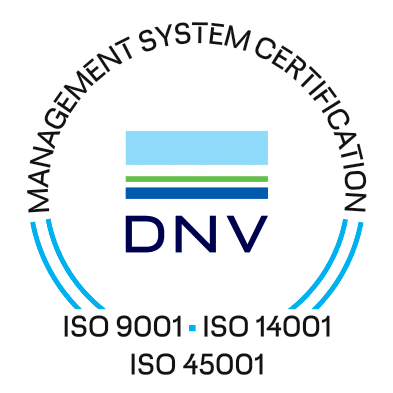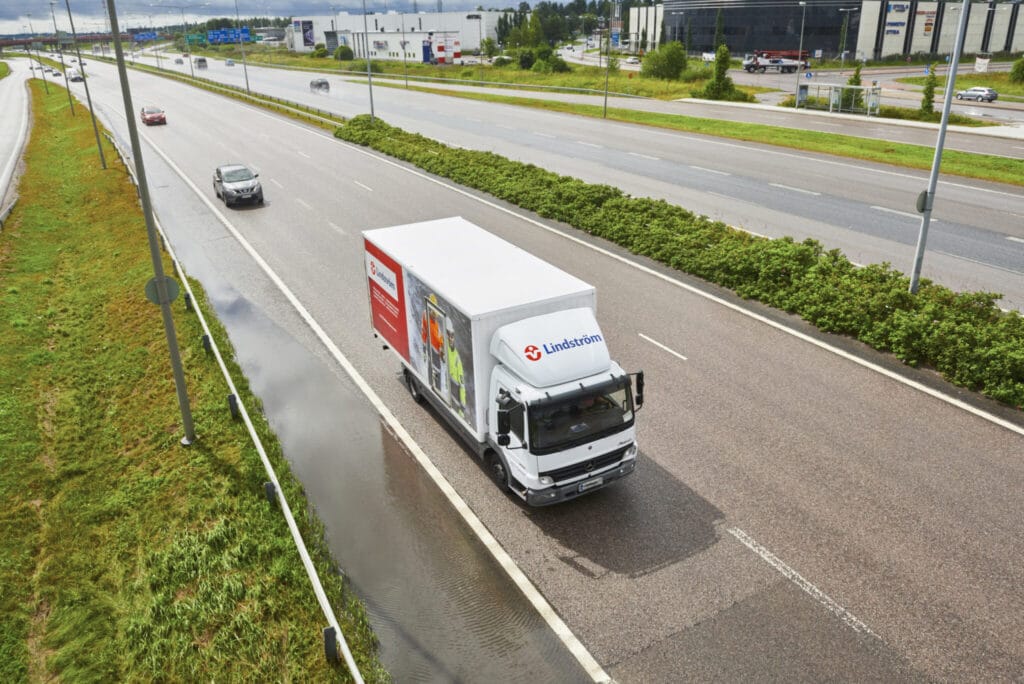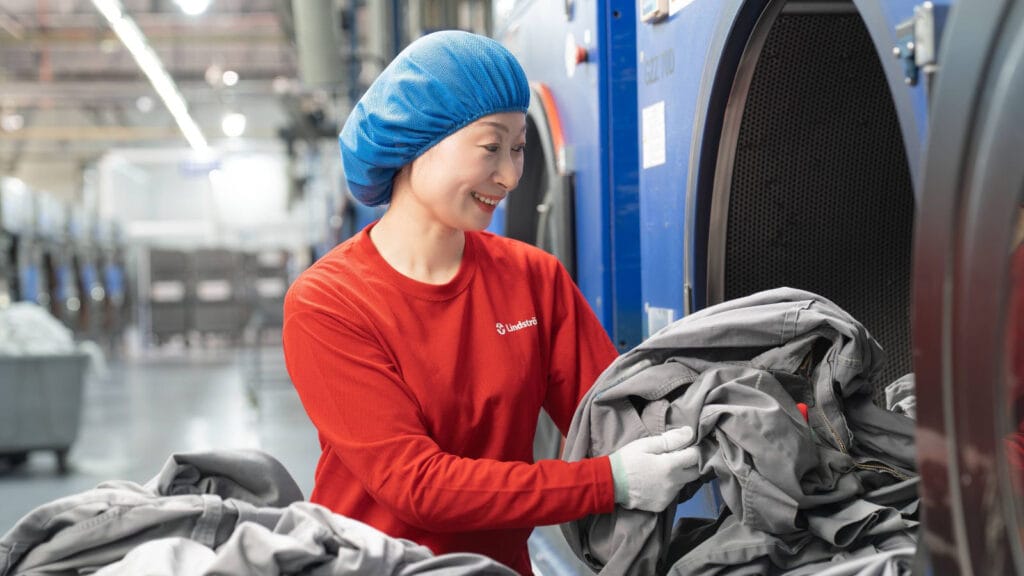
ISO 45001: Embedding health & safety into our culture
ISO 45001 is a workplace safety standard that helps organisations effectively manage occupational health and safety and reduce risks.
At Lindström, this standard aligns perfectly with our We Care culture, ensuring that our employees and contractors are safe from the moment they leave for work until they return home.
Gavin Xiang, Manager of EHS & Improvement, Quality and Compliance Team, at Lindström, breaks down why this standard is so important for us, and how we involve all Lindströmers in safety.

Understanding the importance of ISO 45001
ISO 45001, which replaced OHSAS 18001 in 2018, is more than a checklist. For us at Lindström, it’s a robust management system standard that offers a systematic approach to involve employees and contractors in preventing injuries, promoting occupational health, and ensuring legal compliance.
“For us, safety is the way we do things, not just another task we need to get done. Quality, safety, and environmental control are the three pillars that support our business,” says Gavin.
Our commitment to safety, demonstrated through ISO 45001 compliance, strengthens trust with our employees, partners, and customers, reassuring them that we always do the right thing.
For us, safety is the way we do things, not just another task we need to get done.
Gavin Xiang, Manager of EHS & Improvement, Quality and Compliance Team
“With over 175 years of history, we’ve built a strong legacy as a trusted partner. We value quality, prioritise compliance, and deeply care about the health and safety of our employees. These principles are the foundation of our long-standing success,” adds Gavin.
How ISO 45001 aligns with our We Care culture
Although ISO 45001 might seem cold and impersonal, it actually places a strong emphasis on employee participation, feelings, and feedback. This focus on people is at the heart of both our We Care culture and ISO 45001.
Gavin explains: “As we care for people and are committed to providing them with a safe workplace, our We Care culture motivates us to continually find ways to ensure the health and safety of our employees, partners, and anyone visiting our premises.”
Beyond reducing workplace risks, we also prioritise mental well-being and work-life balance. We recognise the path to well-being looks different for everyone, and adapt our wellbeing initiatives for different cultures.
As we care for people and are committed to providing them with a safe workplace, our We Care culture motivates us to continually find ways to ensure the health and safety of our employees, partners, and anyone visiting our premises.
Gavin Xiang, Manager of EHS & Improvement, Quality and Compliance Team
Involving everyone in safety
Leadership commitment and active support from all management levels is an essential part of ISO 45001. Without it, the management system can’t function effectively. “Our management teams receive strong support from leadership, which helps frontline operations run smoothly,” says Gavin.
While leadership sets the tone for a health and safety culture, we encourage every Lindströmer to adopt a safety-first mindset and share their opinions on how to improve safety. For example, we provide an easy-to-use mobile application for reporting any safety observations.
“We want everyone to know that we are a company focused on safety, and we invite them to join us in building a strong safety culture where they can work safely and happily,” summarises Gavin.
A look into our day-to-day safety operations
Each year, we establish a safety action plan for every site, which involves safety committee nominations, training, well-being initiatives, and safety drills.
Gavin explains: “Our safety committee—made up of different department representatives— acts as a bridge between management and frontline employees. We work together to analyse situations and solve safety issues.” In China, where Gavin works, the committee meets every three months.
Throughout the year, we track our findings through an auditing management tool (AMT) and manage risks using the Plan-Do-Check-Act (PDCA) model. Gavin explains: “Our AMT system isn’t just for safety audits; it also covers quality, maintenance, and facility audits. By analysing our past experiences, we can identify our weaknesses and improve.”
The KPIs we monitor include injury rates, accident numbers, and audit completion rates at both country and regional levels. In 2023, there were 161 accidents (2022: 143), with an injury rate of 12.5 (5.3) per million hours. The increase in injury rate is mainly due to better reporting and a stronger safety culture, where reported accidents are used for improvement actions.
We’re also developing health and safety tribes to streamline communication and enhance safety practices. These tribes will draw on the expertise of long-term professionals, such as maintenance engineers, and focus on key areas like fire prevention.
Overcoming safety challenges now and in the future
With sites across 23 countries—each with unique laws, climates, and working conditions—we maintain safety through consistent global guidelines while empowering local teams to implement solutions tailored to their people.
“Employees in different countries have different habits and don’t all view safety in the same way, which means we need to adapt to local situations and make sure we educate them on our We Care culture,” says Gavin.
As global warming intensifies, safeguarding workers during extreme heat is more critical than ever. This year, we introduced heat stress prevention measures in regions like China and India. In our laundries, we installed temperature and humidity metres, improved ventilation, and developed cooling vests to protect employees against heatstroke.
We also revamped our emergency preparedness and response policies to strengthen our emergency management and align with local laws.





